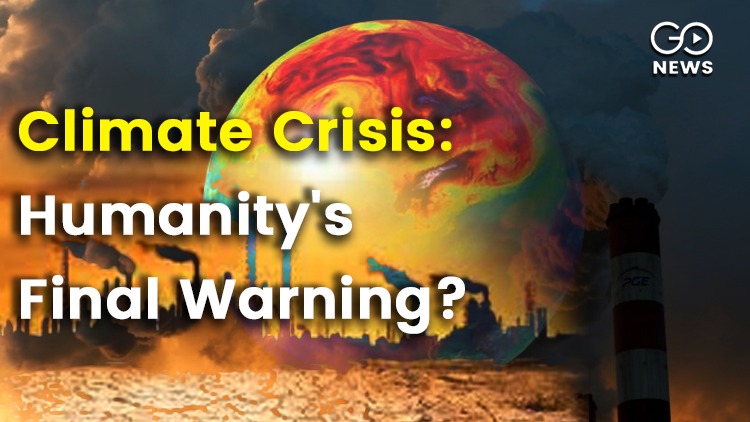Red Alert 2021: Global Floods And Wildfires Signal Coming Climate Catastrophe

With this year’s IPCC Report titled Climate Change 2021: The Physical Science Basis, the so-called ‘debate’ on whether climate change is humanly caused has been “unequivocally” put to rest. The U.N. Secretary General has termed this report a “Code Red for Humanity”¾ a phrase that has adequately captured the severity of the present and upcoming crises.
The world is focused on the Southern European region where Turkey, Greece, Italy, and Algeria (North Africa) are battling onslaughts of both floods and fires.
In Turkey, 27 people died of flash floods in the northern Black Sea region, described as one of the worst in the region’s history. This might remind us of the recent and ongoing flood situation in China, which also cost 300 lives according to AP (Associated Press).
In 2016, Business Insider had quoted Beth Christensen, Director of Adelphi University's Environmental Studies Program, who said that there is a direct relation between global warming and increased flooding in the U.S. and around the world.
She explained that higher heat leads to more evaporation, increases the air’s moisture levels. During storms, this excessive moisture rains down heavily and causes flooding.
"We can document that these events are anthropogenic (caused by manmade environmental pollution)," she had said. "This is our new reality”.
Five years later, global floods have become an everyday newsbyte, except for those who are affected by them.
In 2021, there have been flooding reports from Nigeria, Japan, Cameroon, Sudan, Ethiopia, and many more countries besides the more famous cases. India also reported heavy flooding in Uttar Pradesh and Bihar this month. Floods in Assam, Bihar, Uttar Pradesh, and Delhi are a distressingly common occurrence.
Wildfires are another major manifestation of climate change effects. This year, there are many (in)famous active cases which should alert us to the scale of damage to the planet, animals, and communities.
Some representative examples:
Yakutia Republic, Russia:
- Said to be the biggest ongoing wildfire in the world, Yakutia has lost 1.5 million hectares to wildfires this year.
- Verkhojansk in Yakutia reached an alarming record of 48 C this year.
- Flames from the current fires have reached the North Pole
- The Bootleg Fire in Oregon and Dixie Fire in California are just two of the many known wildfires burning in the U.S. right now or very recently.
- Data since 2010s has shown that number of fires has decreased with increase in burned area. This shows that fires are more intense now than before.
- Researchers have also shown that the area burned at high severity in the US increased 8x between 1985 and 2017.
- The Amazon Rainforest lost 7,600 sq. km. to wildfires in 2019. The climate change effects were furthered by Brazilian President Jair Bolsanaro’s decisions that saw the Amazon being opened to industrial and agricultural use.
- In 2019, 17% of the Amazon had been cleared for agricultural or commercial purposes
- In 2020, there was a 28% increase in number of fires in the Amazon. The National Institute for Space Research that monitors Brazil reported 6,803 fires in August 2021 and 5,318 in the same month last year
There are many more examples, like India’s Uttarakhand from October 2020 to April 2021 which saw a loss of 1,297 ha. of land to 989 fires according to the Forest Department. Each of these incidents not only increases the carbon load of the Earth but also causes financial and social ramifications on various levels. There has been much international outrage over such disasters, but actionable strategies need to be evolved urgently to avert a climate catastrophe that looks almost inevitable.
Latest Videos
















